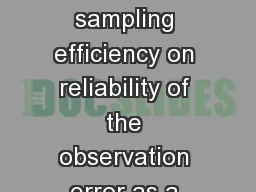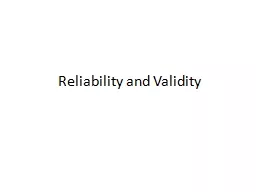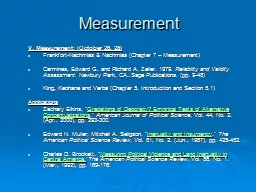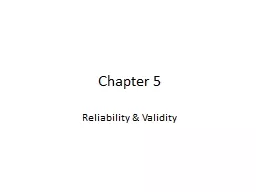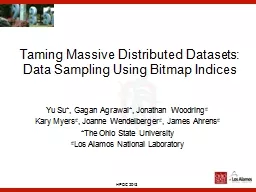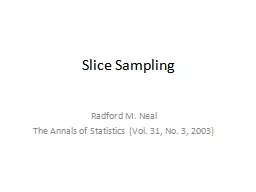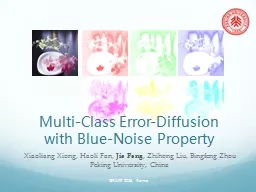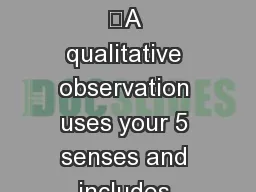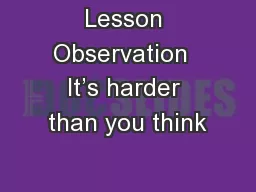PPT-The effect of variable sampling efficiency on reliability of the observation error as
Author : phoebe-click | Published Date : 2018-03-14
Authors Stan Kotwicki and Kotaro Ono 1 We cannot solve our problems with the same thinking we used when we created them Albert Einstein Survey sampling efficiency
Presentation Embed Code
Download Presentation
Download Presentation The PPT/PDF document "The effect of variable sampling efficien..." is the property of its rightful owner. Permission is granted to download and print the materials on this website for personal, non-commercial use only, and to display it on your personal computer provided you do not modify the materials and that you retain all copyright notices contained in the materials. By downloading content from our website, you accept the terms of this agreement.
The effect of variable sampling efficiency on reliability of the observation error as: Transcript
Download Rules Of Document
"The effect of variable sampling efficiency on reliability of the observation error as"The content belongs to its owner. You may download and print it for personal use, without modification, and keep all copyright notices. By downloading, you agree to these terms.
Related Documents

